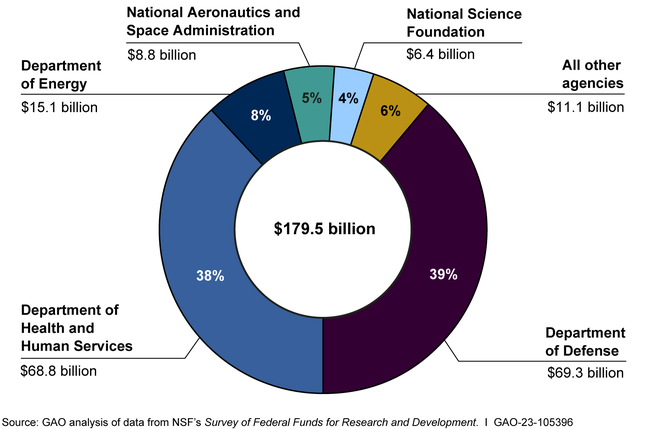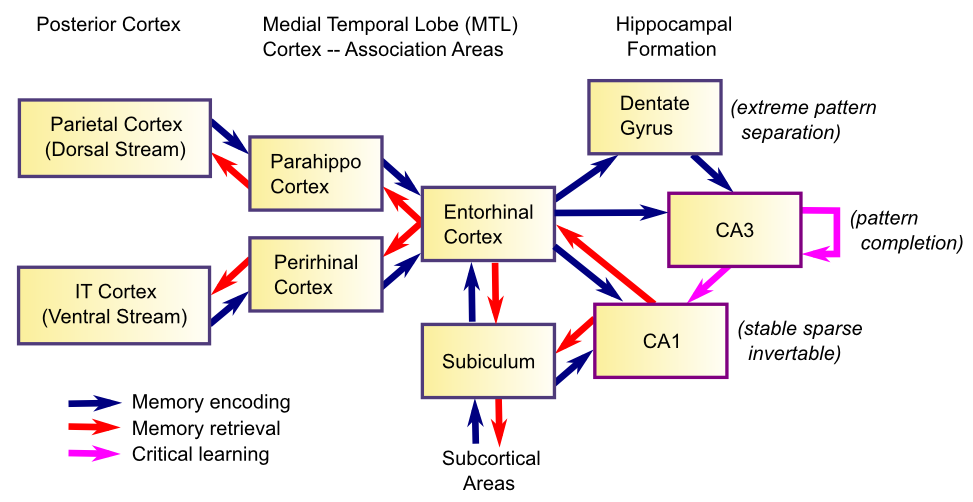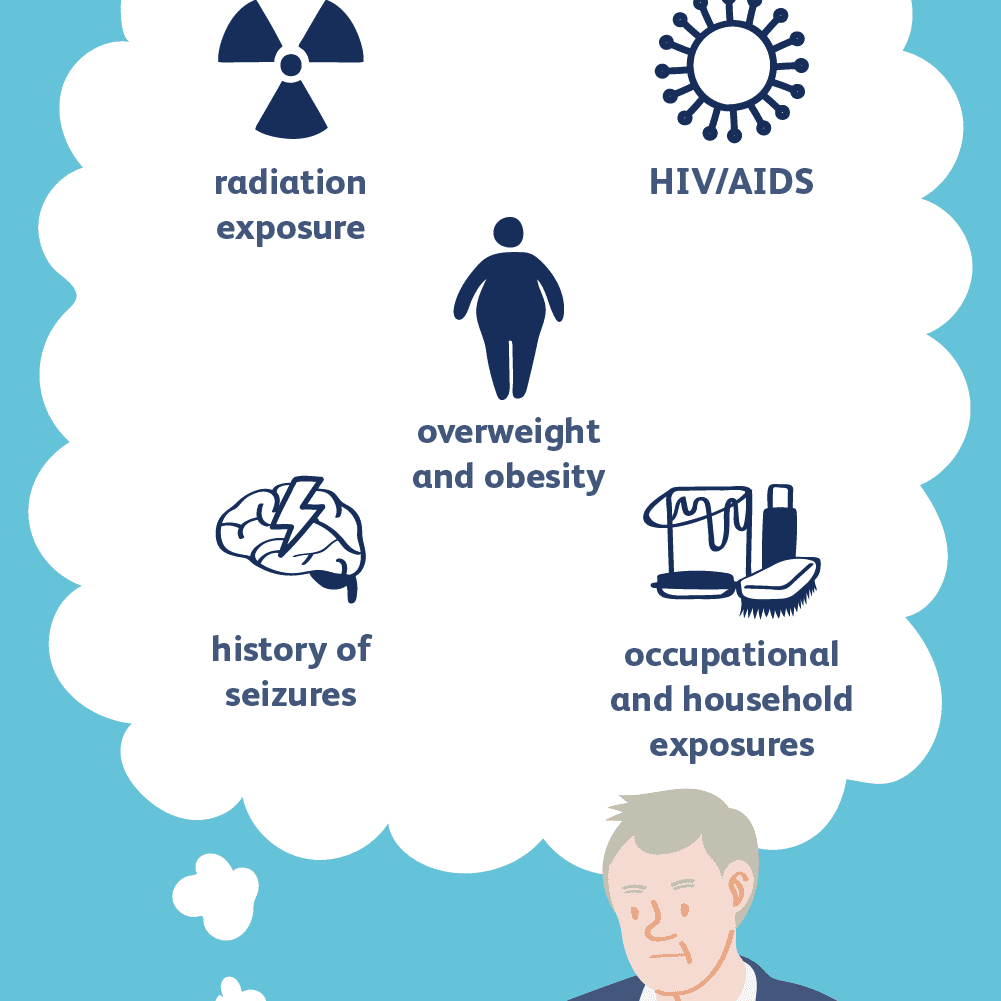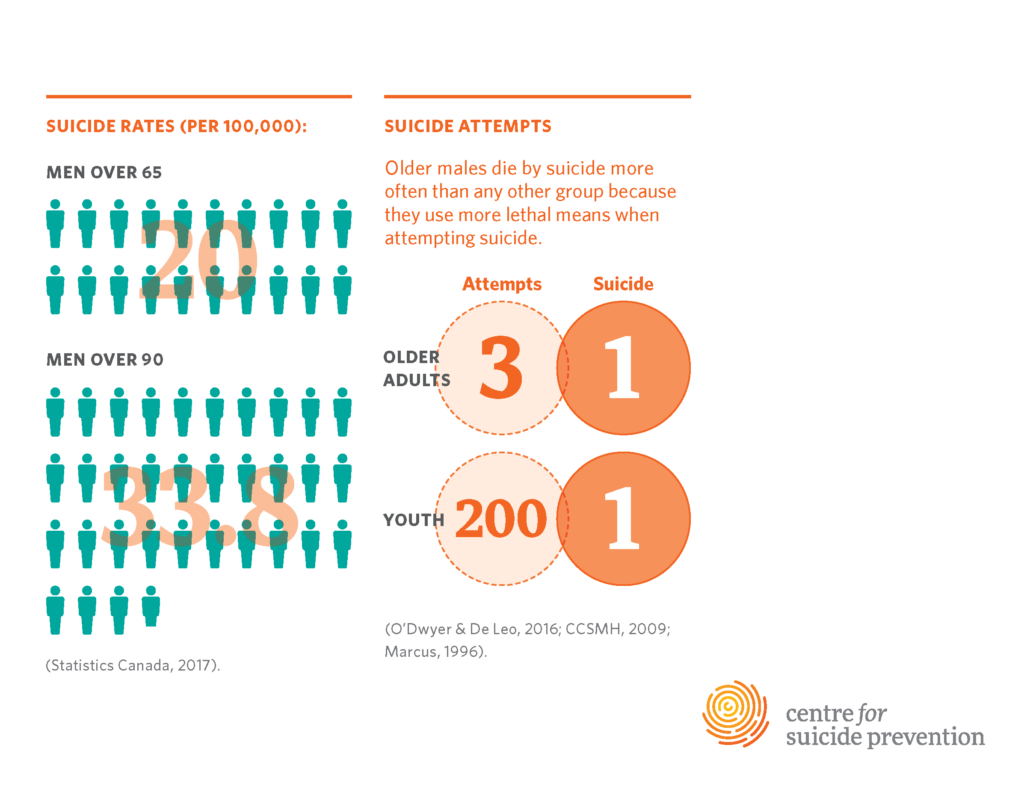Federal grant research is a crucial aspect of advancing health initiatives and innovative studies. This type of funding is essential for projects aimed at cancer risk reduction and improving public health research overall. Researchers, such as those at prestigious institutions, rely on NIH grant applications to secure the financial support needed to explore significant health questions. However, navigating research funding challenges can be daunting, as competitive applications often hinge on compelling evidence and rigorous methodologies. The resilience demonstrated by researchers highlights their commitment to utilizing federal grant research to make impactful contributions that ultimately benefit society.
In the realm of public health finance, acquiring government research grants plays a pivotal role in fostering advancements that can mitigate health risks. For scientists dedicated to exploring nutritional influences on human reproduction and other pressing issues, this process of obtaining health research funding is both challenging and essential. Securing a National Institutes of Health grant can unlock opportunities for significant studies aimed at reducing cancer vulnerabilities and improving overall well-being in communities. The complexities involved, from crafting detailed proposals to justifying budget expenditures, reflect the high stakes of innovative public health exploration. This dialogue surrounding research funding emphasizes the collaborative effort necessary to ensure that impactful health solutions continue to evolve.
The Importance of Federal Grant Research in Public Health
Federal grant research plays a crucial role in modern public health initiatives, enabling researchers to explore vital areas such as cancer risk reduction and nutrition. For example, Karen Emmons, who has dedicated her career to uncovering strategies for reducing cancer risk, highlights how receiving a federal grant empowers scientists to make significant contributions to community health. These grants not only provide the necessary funding but also serve as a recognition of the research’s potential impact on public health.
Furthermore, federal grant research cultivates an environment where innovation thrives. By offering financial resources for groundbreaking studies, researchers can focus on exploring new methodologies and solutions to complex health issues. For instance, Jorge Chavarro, who researches nutrition and human reproduction, emphasizes that obtaining a grant requires a deep understanding of the current research landscape to ensure that ideas are not merely replicative but revolutionary, thereby advancing the field of public health.
Navigating Research Funding Challenges
The journey of securing research funding is often fraught with challenges, as researchers face a highly competitive environment. The process of preparing a National Institutes of Health (NIH) grant application, for example, demands meticulous planning and extensive documentation, which can take several months to complete. This competitive nature underscores the need for applicants to demonstrate not only their innovative approaches but also their understanding of the existing literature and ongoing projects in their area of study. As Karen Emmons points out, networking and collaborating with community partners can significantly bolster grant applications by aligning research goals with community needs.
Moreover, the financial aspect of conducting research adds another layer of complexity to funding challenges. As indicated by Jorge Chavarro, the costs associated with cutting-edge research have risen more sharply than the average size of typical grants. This trend necessitates that scientists become adept at justifying budgets and demonstrating the necessity of their requested resources. Meeting these funding challenges is essential not only for personal academic success but also for advancing collective knowledge in fields that impact public health.
Understanding the NIH Grant Application Process
Navigating the NIH grant application process is a multi-step endeavor that can take time and effort but ultimately lays the groundwork for impactful research. The process typically begins with crafting a one-page specific aims document that establishes the relevance and potential impact of the proposed study. This initial phase is critical as it sets the tone for the entire application, requiring researchers to articulate their objectives clearly. Once this step is completed, the full application, which can encompass over a hundred pages of detailed scientific information and background, must be meticulously assembled.
After submission, the application undergoes rigorous evaluations by Scientific Review Groups, where proposals are assessed based on innovation, significance, and approach. Emphasizing the importance of a comprehensive review process, these groups comprise volunteer scientists who aim to ensure fairness and alignment with the NIH’s overall mission. As researchers like Emmons and Chavarro experience firsthand, the competitive nature of funding, reflected in a success rate of merely 14.6 percent for common R01 grants, highlights the dedication required to advance research in public health and address pressing health issues.
The Role of Community Engagement in Grant Writing
Community engagement is a vital component of successful grant writing, particularly in fields like public health research where the ultimate goal is to make a meaningful difference in people’s lives. Karen Emmons emphasizes the importance of building strong relationships with community partners as a foundational step before embarking on the grant-writing journey. Engaging with these partners can provide invaluable insights into the specific needs and concerns of the community, thereby ensuring that the proposed research is not only relevant but also culturally sensitive.
Moreover, leveraging community input can enhance the credibility and impact of a research proposal. Involving community members in the design and execution of research projects demonstrates a commitment to collaborative efforts and fosters trust. This approach can also yield more comprehensive data and insights, ultimately leading to better health outcomes and more successful funding applications. As researchers continue to apply for federal grant funding, integrating community engagement strategies will allow them to address real-life public health challenges more effectively.
Exploring Innovative Strategies for Cancer Risk Reduction
Cancer risk reduction has become a focal point for many public health researchers, as it directly ties into efforts to improve population health. Researchers like Karen Emmons are investigating innovative strategies aimed at mitigating cancer risk, especially in under-resourced communities. This work requires not only dedicated research but also a profound understanding of social determinants of health, as those factors often play a significant role in cancer prevalence and outcomes.
In this context, research funding aimed at cancer risk reduction is crucial. Federal grants enable scientists to implement large-scale community interventions, assess their effectiveness, and refine their strategies based on empirical evidence. By integrating findings from diverse fields—including nutrition, socioeconomic factors, and healthcare access—researchers are better equipped to design effective programs that ultimately lead to lower cancer incidence and mortality rates.
The Impact of Federal Funding on Public Health Research
Federal funding significantly shapes the landscape of public health research, as it dictates which projects receive the necessary resources to move forward. As evidenced by the mentioned funding freeze impacting Harvard, shifts in government support can create uncertainty for ongoing research initiatives. This funding landscape overtly influences which areas of health research are prioritized, ultimately affecting the trajectory of scientific advancements and public health outcomes.
The availability of federal grants enables researchers to pursue high-risk, high-reward studies that might not otherwise receive funding due to their innovative or unproven nature. This investment in bold research is crucial for tackling major public health challenges, ensuring that advancements in health science continue to benefit society as a whole. By advocating for continued government support of public health research funding, stakeholders can emphasize the long-term benefits to community health, cost savings, and improved quality of life for individuals.
Collaborative Approaches to Public Health Research
Collaboration lies at the heart of successful public health research, with interdisciplinary approaches yielding more comprehensive insights into health issues. Researchers like Jorge Chavarro stress the importance of collaboration across various fields, such as nutrition, epidemiology, and behavioral sciences, to tackle complex issues like human reproduction and cancer risk. By combining expertise and resources, these researchers can design studies with a more significant potential impact, leading to better health outcomes.
Moreover, collaboration often opens up additional avenues for funding opportunities. Grant applications that showcase meaningful partnerships with community organizations or public health initiatives are more likely to garner support, as they demonstrate a commitment to addressing real-world problems. It is this synergy between researchers and their partners that enriches the public health research landscape and cultivates innovative solutions to pressing health concerns.
The Future of Research Funding in Health Sciences
Looking ahead, the future of research funding in health sciences remains both promising and uncertain. While federal funding remains a significant source of support, fluctuations in governmental priorities can disrupt funding streams and halt critical research projects. Public health researchers must adapt to these changes by diversifying their funding sources, exploring private partnerships, and seeking out philanthropic contributions to ensure the continuity of their work.
Additionally, as the landscape of healthcare and public health evolves, researchers are urged to remain agile and responsive to emerging health issues. This may require them to pivot research agendas and seek funding for areas that are gaining recognition, such as mental health or climate-related health impacts. Engaging with policymakers, advocating for sustained or increased funding, and showcasing the tangible benefits of research to society will be essential for securing the future of health research funding.
Challenges Faced by New Researchers in Securing Grants
New researchers entering the field of health sciences often encounter significant challenges in securing grants, primarily due to a lack of established track records and competitive experience. The rigorous standards of agencies like the NIH can be intimidating, as applicants must demonstrate substantial preliminary work and pilot studies to support their proposals. For early-career researchers, this process requires not only exceptional research abilities but also effective networking and mentorship to guide them through the intricacies of grant applications.
Furthermore, the environment of public health research can be competitive, with many seasoned researchers vying for funding in the same areas. This competition can dissuade new talents from pursuing ambitious projects, even when their proposals are grounded in innovative ideas. To overcome these barriers, it is crucial for institutions to foster supportive ecosystems that include access to training on grant writing, mentorship programs, and opportunities for collaboration to enhance the readiness of new researchers.
Frequently Asked Questions
What are the key factors influencing federal grant research application success in public health research?
The success of federal grant research applications, particularly in public health research, hinges on several key factors. Researchers need to present innovative, evidence-based ideas that address significant health issues, such as cancer risk reduction. Building strong community partnerships and staying informed about the field are crucial for identifying research gaps. Additionally, applications must adhere to strict formatting and include comprehensive details, budgets, and ethical considerations to meet the NIH grant application standards.
How has current federal grant research funding been impacted by political decisions?
Federal grant research funding is often affected by political decisions, as seen in recent funding freezes impacting institutions like Harvard. Such decisions can stall crucial public health research, including studies on cancer risk reduction and other health issues. This has prompted lawsuits from institutions seeking to challenge funding disruptions and protect the integrity of federal health research funding.
What challenges do researchers face when applying for NIH grants related to cancer risk reduction?
Researchers applying for NIH grants focused on cancer risk reduction encounter various challenges, including intense competition and the need for innovative approaches to secure funding. The detailed application process often takes months to prepare, requiring substantial preliminary data and a solid partnership network. Furthermore, researchers must justify their budget requests and demonstrate the societal impact of their projects to align with federal funding priorities.
What strategies can researchers employ to improve their chances of receiving federal grant funding for public health research?
To improve their chances of receiving federal grant funding for public health research, researchers should focus on building collaborative relationships with community partners, ensuring their proposal addresses existing gaps in knowledge, and adhering to NIH’s stringent application guidelines. Conducting pilot studies to provide preliminary evidence, crafting a convincing narrative in their applications, and being open to feedback for resubmission can also enhance their prospects for funding.
Why is transparency important in the federal grant research funding process?
Transparency is vital in the federal grant research funding process to maintain public trust and ensure that taxpayer dollars are used effectively. An open evaluation system, like that of the NIH for public health research, helps demonstrate the merit of projects aimed at improving health outcomes, such as cancer risk reduction. Transparent processes foster accountability and ensure a fair competition among researchers, ultimately enhancing the quality of research funded.
How can researchers overcome the research funding challenges faced in NIH grant applications?
Researchers can overcome funding challenges in NIH grant applications by thoroughly understanding the review process and aligning their research proposals with the NIH’s mission. Engaging in pre-application consultations, participating in grant-writing workshops, and collaborating with experienced researchers can also provide insights. Moreover, refining their budget justifications and ensuring clarity in their proposals can significantly increase their chances of success in securing federal grant funding.
What role do community partnerships play in federal grant research for cancer risk reduction?
Community partnerships play a crucial role in federal grant research for cancer risk reduction by providing researchers with valuable insights into community needs and priorities. Such collaborations not only enhance the relevance of the research but also facilitate the recruitment of participants, increase engagement, and improve the overall impact of the findings. Strong community involvement is often viewed favorably during the federal grant application review process.
What is the significance of the NIH grant application process in fostering innovation in health research?
The NIH grant application process is significant in fostering innovation in health research as it emphasizes rigorous evaluation of research proposals based on their scientific merit, innovation, and potential impact. The competitive nature of the process encourages researchers to propose cutting-edge ideas, contributing to advancements in areas such as cancer risk reduction and public health. This systematic approach ensures that only the most promising and transformative research is funded, ultimately benefiting society.
| Key Points |
|---|
| Significance of Federal Grant Research: Hard work in securing federal grants allows researchers to make a tangible difference in public health. |
| Karen Emmons and Jorge Chavarro: Emmons focuses on cancer risk in under-resourced communities; Chavarro studies nutrition and human reproduction. |
| Competitive Nature of Grant Application: The process is highly competitive with only 14.6% success rates for R01 grants in 2023. |
| Application Process: Involves multiple stages including building relationships, writing detailed proposals, and ensuring ethical standards. |
| Budget Justification: Researchers must justify every line item in their budget, including new equipment. |
| Review Process: Applications are rigorously reviewed by Scientific Review Groups before funding decisions are made. |
| Government-Funded Societal Benefits: The government finances research that improves public health, provides treatments, and lowers healthcare costs. |
Summary
Federal grant research plays a crucial role in advancing public health initiatives, as demonstrated by the experiences of prominent researchers like Karen Emmons and Jorge Chavarro. Their work showcases the dedication required in securing grants which not only support innovative studies but also aim to address health disparities in society. The challenges faced due to recent funding freezes emphasize the importance of sustained governmental investment in scientific exploration and the vital role it plays in improving public health outcomes.




